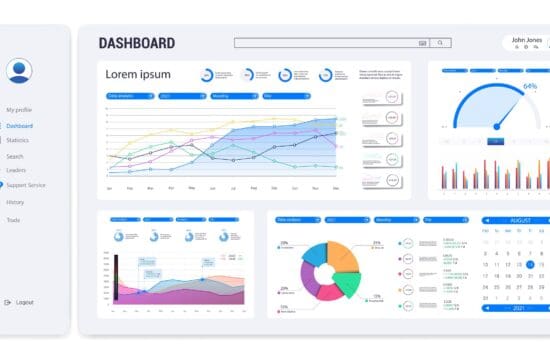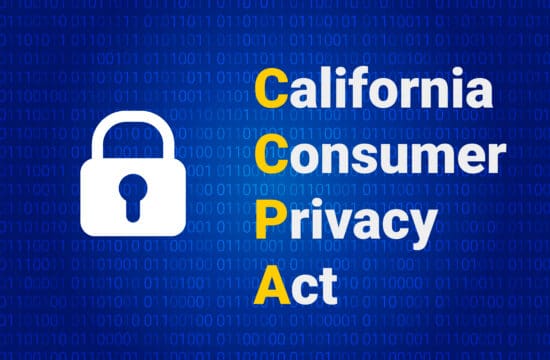Using Data Classification for Effective Compliance
When working toward ISO 42001 compliance, data classification is essential, particularly for organizations handling large amounts of data. Following certain best practices can streamline this process, ensuring responsible and secure AI operations.
1. Define Your Data Categories Clearly
To start, define data categories based on sensitivity, usage, and regulatory requirements. Common categories might include “sensitive,” “confidential,” or “public” data. By organizing information this way, companies can set the right protections for each type, reducing the chances of compliance risks.
2. Manage Data Through Its Lifecycle
ISO 42001 encourages data lifecycle management, meaning data should be tracked from its collection to deletion. Establishing this process not only helps maintain data accuracy but also aligns with compliance requirements. Documenting each stage is key to verifying compliance and ensuring that data used in AI is relevant and well-maintained.
3. Automate Data Classification
Automation in data classification ensures data is categorized in real-time, reducing errors. Tools like Secuvy’s platform provide automated classification, allowing companies to keep up with data changes accurately. Automation also simplifies management, especially when working with vast amounts of information.
4. Conduct Regular Data Quality Checks
Data quality checks improve the performance of AI models by ensuring that only accurate and complete data is used. ISO 42001 encourages these checks, as they help organizations assess whether their data is suitable for AI processing and free from bias, ultimately reducing risks in AI outcomes.
5. Apply Security Controls Based on Data Sensitivity
Data classification should go hand-in-hand with security controls. Protect sensitive data with access controls, encryption, and monitoring tools. This approach reduces security risks while ensuring that AI data is securely managed.
6. Regularly Update Classification Protocols
As data and regulations evolve, companies should periodically review their classification protocols. This ensures alignment with the latest standards and improves data handling practices, keeping the organization in compliance with ISO 42001.
Conclusion
By following these best practices, companies can simplify the path to ISO 42001 compliance while enhancing data security and governance. For more insights on data classification approaches and the latest technology solutions, contact Secuvy and Schellman to explore how their expertise can support your compliance journey.





















